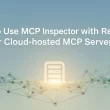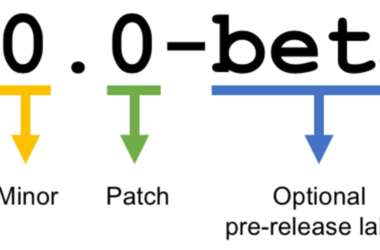Intro
Have you ever thought or wished that AI assistant like Claude, ChatGPT or your own AI assistant could actually open up your gmail and reply to your customers queries, accessing files from Google drive, updating task status on jira, sending notification on slack when a task status gets updated – without you writing a mountain of glue code? That’s exactly the problem what MCP(Model Context Protocol) solves.
-
What is MCP in one line?
MCP is an open protocol(standard) that lets any AI application talks to any external tool, services or data resources in a single, secure and standardized way.
-
The pain MCP fixes
Before MCP, every new itegration looked like this:
- Build custom API wrappers
- Handle auth, rate-limits
- Repeat these steps for every LLM provider
-
USB-C analogy
You can think of MCP like a USB-C port for AI applications. Just like USB-C provides a standardized way to connect your devices to various peripherals or other devices, MCP provides same kind of standardized way to connect AI models to different data resources and tools in
plug-n-playmanner. -
Simple example
For example, you can ask following:
“Show last five emails which I recieved on my gmail account.”
-
Security & Governace
- MCP servers run locally or in your VPC; credentials never leave your machine so much lower chances of leaking.
- Each tool has its own
JSON-Schemainputs, so the malicious request can be blocked before even they are executed.
TL;DR
MCP = Universal protocol for all AI applications
Read official docs here. https://modelcontextprotocol.io/docs/learn/architecture






